In the Oscar season of 2015, I decided to watch all the nominated movies. It was a great line-up and a great experience watching them all. Consisting of ‘American Sniper,’ ‘Boyhood,’ ‘The Imitation Game,’ ‘Whiplash,’ ‘Birdman,’ ‘The Theory of Everything,’ ‘Selma’ and ‘The Grand Budapest Hotel’; it is one of the best nominee lists, in my opinion. While all of those movies were incredible, one of them opened my eyes wider than the others. That movie was The Grand Budapest Hotel.
I hadn’t explored Wes Anderson’s movies before then. As I was watching the film, it cast a spell. It took me a while to understand what was different. This movie jarred me. I felt a little disoriented. And then, in one scene, I realized what it was: Symmetry!
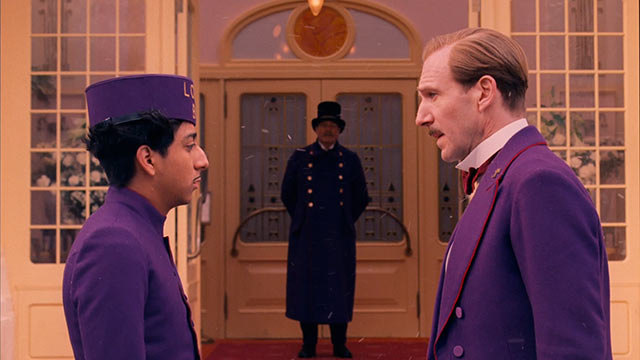
Now, I kept a close eye at how every scene was framed. The symmetry created any aura of surrealism. Every frame looked like an oil painting. But after the first few minutes of excitement, it started feeling gimmicky. It started feeling forced. It was too much! It is not a very long film so it was over before I started feeling comfortable with the extravagant amount of symmetry.
The movie pulled me back to it. So I watched it again. The story was perfectly fine. And now that I knew the story, I focused on the cinematography and direction. And it opened my eyes to visual storytelling.
A few weeks later, I went to a special screening of ‘Moonrise Kingdom’, another work by Wes Anderson. Again, the symmetry jumped out but I was quite accustomed to it. And now I appreciated it not just for its uniqueness but also for its use as a storytelling tool.
Filmmakers use mainly three things to dictate what we look at; light, focus and definition. We naturally look at brighter areas of the screen as well as the parts that are crystal clear. Our eyes are also guided by definitions in which include size,
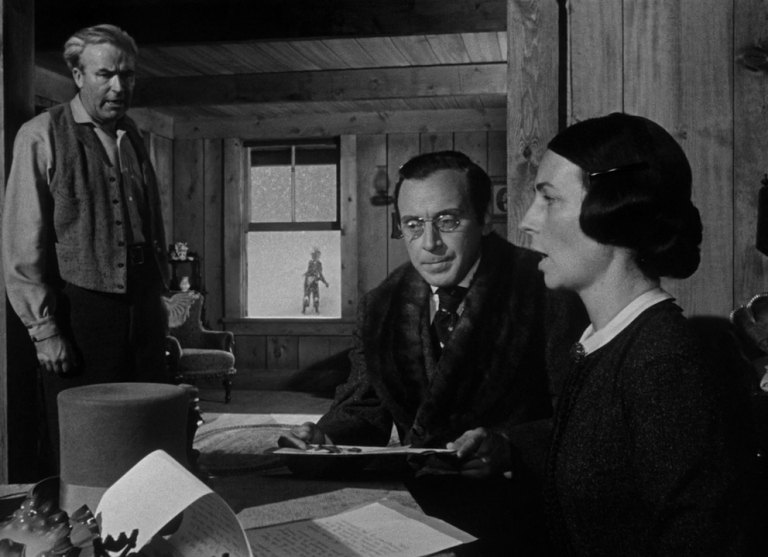
color,
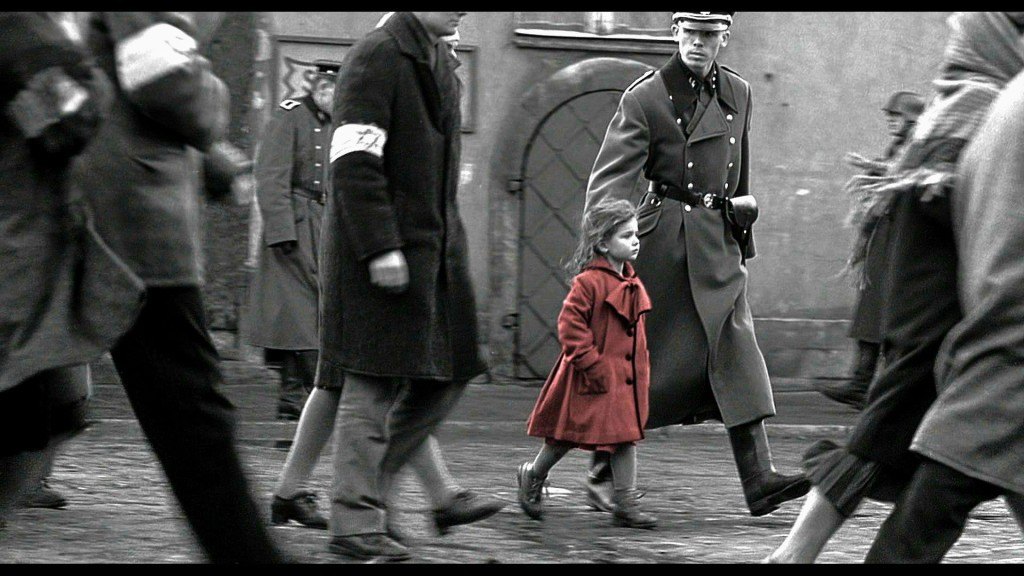
shape and motion.
But Wes Anderson has another tool: symmetry. Actually he uses a small disruption in symmetry to draw our attention to it. When everything is in order a little bit of disorder grabs our attention.
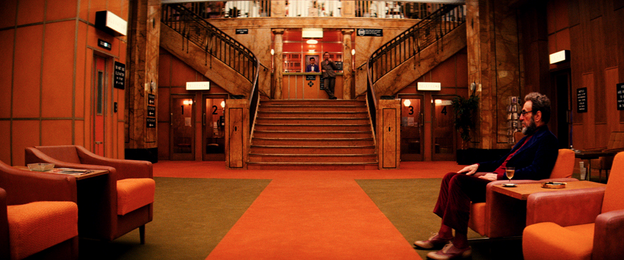
Wes Anderson, working with his regular cinematographer Robert Yeoman, uses multiple techniques and story-book visuals that differentiate him from the vast slew of frankly mediocre filmmakers.
He also uses aspect ratios cleverly. For those who don’t know what that is, aspect ratio is the ratio of the width of the screen to its height. Most new televisions and therefore all our HD content is shot in 16:9 while the older CRT TVs used to be square i.e.1:1. The film in traditional cameras used to be 4:3. I started making a note of aspect ratios when I saw this message before ‘The Grand Budapest Hotel’:
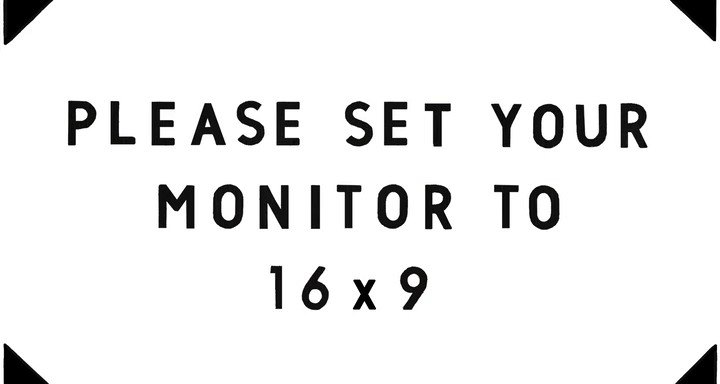
The movie starts out in relatively modern aspect ratios and then with each jump back in time it changes to a format synonymous with the movies of the time period.
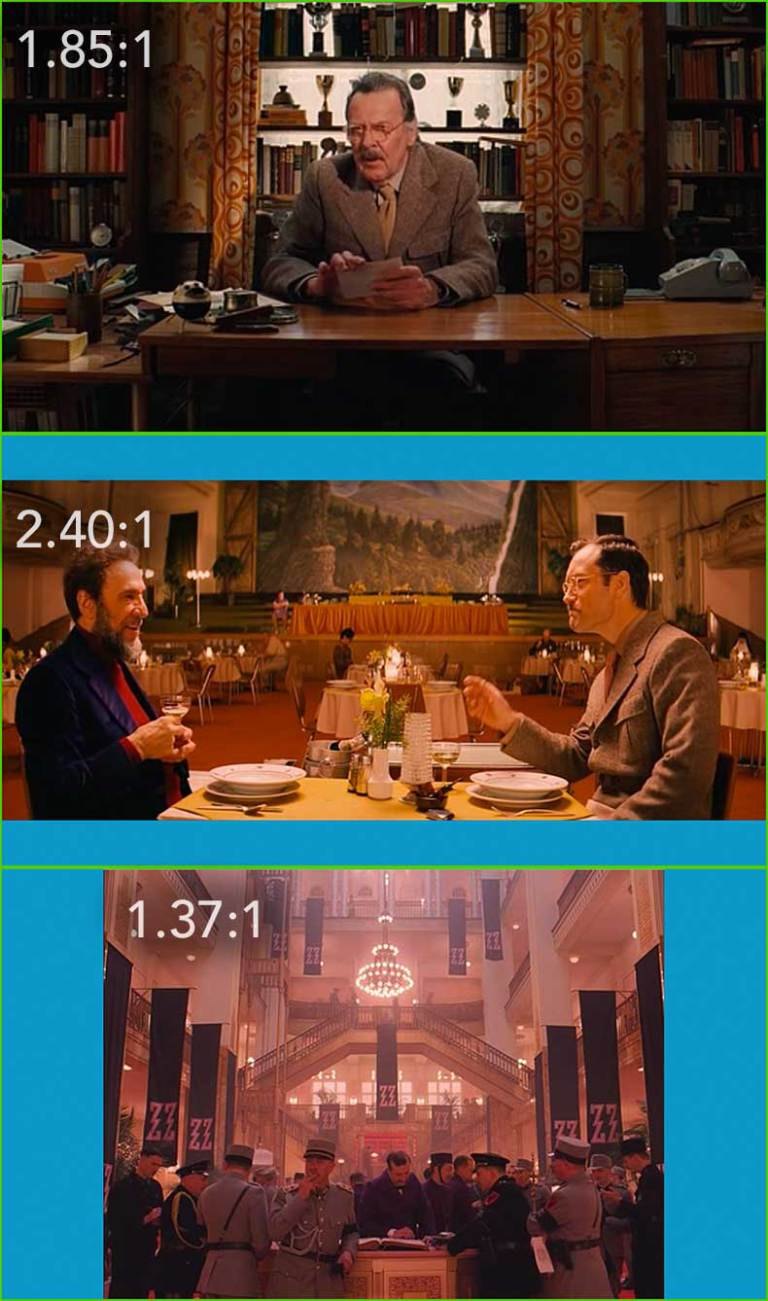
Anderson also uses a camera movement that isn’t usually used for the effect that he uses it for; Quick pans. Most of the time, pans are used to add dynamism or to edit together two scenes. Wes Anderson used this technique for a conversation! Usually, conversations have a very characteristic framing like this:
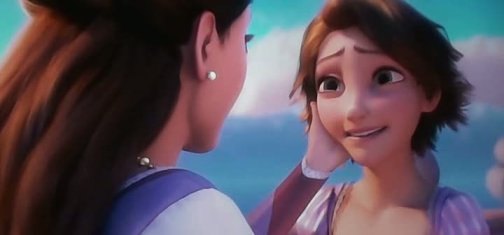
But the frame cannot be symmetrical in this shot so he abandons that classic technique for something bizarre.
Wes Anderson’s work is very distinctive and unique. It is visually flat, but his characters, which also feel very different from other movie characters, have a lot of depth. His characters are also very extreme. An overwhelming majority of characters are subdued to imitate real life, but sometimes a character may go to the other end of the spectrum where he is over-the-top. He builds an entire world for his movies. He uses a lot of the same actors in all of his movies maybe because they are mad enough to delve in Wes Anderson’s eccentricity.
The best part about Wes Anderson’s madness is that it’s resulting in more and more dreamlike framing. He follows his own rules more strictly with every film he makes. This is helped by the bigger budgets that he is being given as he ventures out of an Indie stage of cinema to the mass markets.
Make it a point to watch all his works:
- The Grand Budapest Hotel (2014)
- Moonrise Kingdom (2012)
- Fantastic Mr. Fox (2009)
- The Darjeeling Limited (2007)
- The Life Aquatic with Steve Zissou (2004)
- The Royal Tenenbaums (2001)
- Rushmore (1998)
- Bottle Rocket (1996)
He will make you feel like you are reading a picture book, admiring a painting and dreaming, all while watching a movie.
Read More: Best Wes Anderson Movies

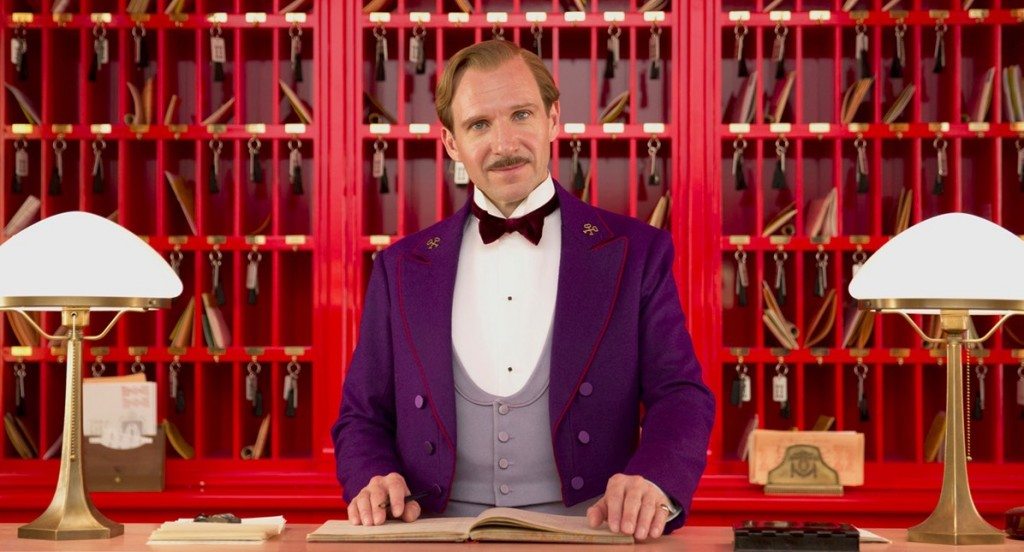
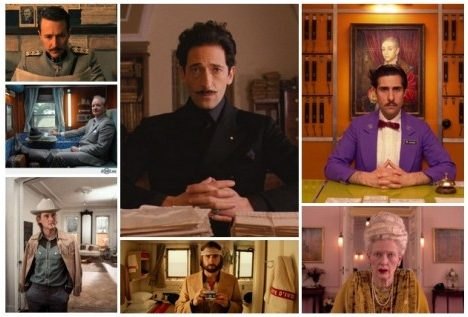
You must be logged in to post a comment.